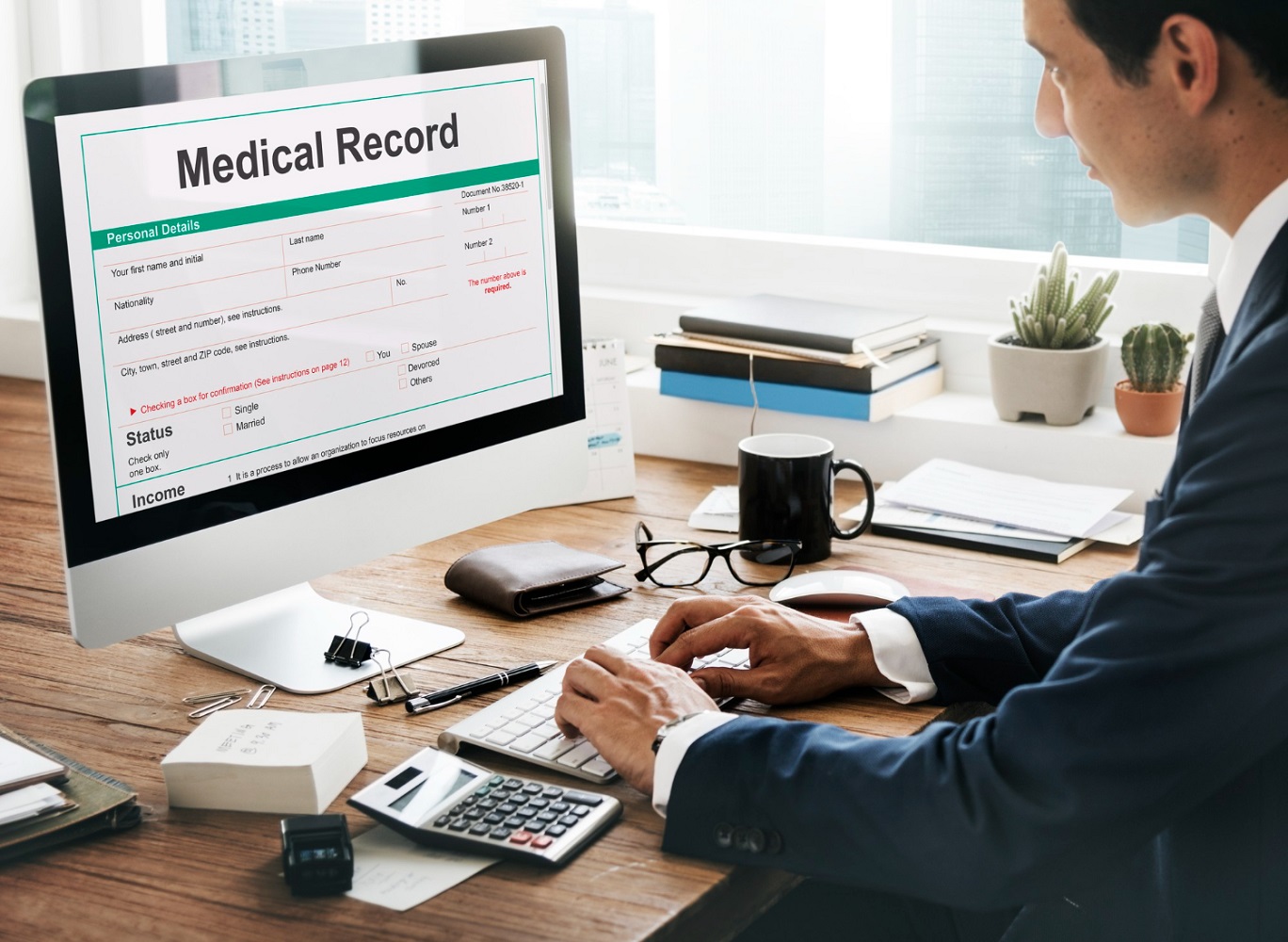Healthcare Providers has to adopt EHR system to increase productivity

The adoption of electronic health records (EHR) systems has increased with the passage of the Health Information Technology for Economic and Clinical Health. The majority of healthcare organisations are adopting EHR systems to improve patient care, make hospitals and clinics more productive, and create a better work environment for the staff.
6 Reasons why Healthcare Organizations should adopt EHR today
1. The Technical Ability of an EHR System
With an efficient EHR system, hospitals and clinics ensure that the patient records are kept in an efficient and easy to access storage system. The records are stored in a digital form, making it much easier to access and find records compared to the old file cabinets. A good EHR software also integrates with other systems in the organisation to ensure that patient files/information are available to the right specialists as soon as the patient visits the clinic. This makes it easier for doctors to get the complete medical history of the patient, and hence make more effective decisions.
Cloud Based EHR Systems
With the use of cloud based EHR systems, healthcare organizations can be ensured that their patients’ health records are secure and that they are able to communicate and store them in a centralized database. The cloud-based system has many advantages over the traditional systems which are usually carried out manually. Cloud based EHR systems have much better features and capabilities than the traditional ones which include the storage of electronic health records of patients, electronic prescription and laboratory order. Cloud based EHR systems have the advantage that they are accessible through the internet and do not require storage space on a computer. They are available at any time and from any place. This is an advantage to healthcare professionals. Cloud based EHR enables specialists from different locations to have access to the same records and share information without the aid of others. The cloud based EHR systems facilitate real time monitoring of patient health records and improvement in patient care. It makes it easy to share the records of patients with other specialists and this is a great advantage to the patient who can be referred to other specialists.
2. The Cost of Adopting EHR Systems
The cost of installing and maintaining electronic health records (EHR) systems is the biggest barrier to their adoption by medical group practices, particularly for the smallest physician groups, according to a survey by the American Medical Association. The study found that while larger practices are more likely to have installed an EHR system, they are also more likely to report higher costs associated with doing so.
According to researchers, 12.5 percent of medical group practices with five or fewer full-time-equivalent (FTE) physicians have adopted an EHR with 77.5% still to adopt. This rate increases in relation to the size of the medical practice, with groups of six to 10 FTE physicians adopting at a rate of 15.2 percent, groups of 11-20 FTE physicians at 18.9 percent, and groups of 20 or more FTE physicians having an adoption rate of 19.5 percent.
When you’re choosing an EHR system, it’s important to consider both the price and the features of the system. Make sure you’re getting what you need at a price you can afford.
3. People Involved in using EHR at Healthcare Institutions
The people involved in EHR systems for healthcare institutions operate in different capacities and they all play a crucial role in the smooth functioning of the EHR system. We will take a look at the roles of different people involved in the EHR system.
Helping Management at Healthcare Institutions
Electronic Health Records (EHR) is a lot more than just a digital file of records and history for the management at healthcare institutions. EHR has been using in the healthcare industry since early 2000. Doctors’ and nurses’ notes are being digitized and stored in a cloud. These digital records help in faster access of patient’s information, easy cross referencing and tracking of current state of the patient and looking into previous records. EHR is not just a one-way communication medium, but also a two-way communication medium. Doctors and nurses are able to send the patient’s records to his home, which can help the patient get better treatment. Patient’s family and legal guardian can take a look at their health records and maintain their medical history.
Helping Patients to store and secure their Health Records
Electronic health records are a good way for patients to keep track of and manage their health records at the healthcare institutions. The EHR system in the hospital makes it easy for the doctors and nurses to take care of the patients by uploading the health records with their computer. Doctors and nurses use the system to maintain notes, e prescriptions, and e orders. Electronic way of taking care of the patients is easy and time saving, so the EHR system is the best way to organize the records.
4. Fragmented Workflows
Predictive analytics can help healthcare facilities understand and analyze the flow of patients every day. By understanding how many patients are likely to come in and when, hospitals can better staff and ensure that everyone receives the care they need. With EHR, users can easily automate the workflow of patients from their first visit to the discharge.
5. The Training of EHR Systems
The adoption of e-health records (EHR’s) is one of the most pressing challenges facing healthcare today. A lot of hospitals are replacing traditional paper-based records with electronic records. According to some preliminary studies, this kind of system leads to better healthcare management, fewer medical errors, and significant cost savings. That is why training employees’ skills and knowledge is important. EHR is not only a system, but a new way of doing everything in the hospital. So the employees need to be trained on how to use this system. They also need to be trained how to enter the information on the system so that the entire hospital can benefit from this. Thus, training employees on the EHRs is a vital element to the success of this program.
6. The concerns with privacy & Security for EHR
While EHRs have improved the quality of healthcare, they also come with new threats. In order to ensure the privacy and security of data, there are a few things that EHRs can do. The first step is to identify the threats. There is no point in securing the data if the EHR is vulnerable to attacks. The new technologies introduced with EHRs and other health IT systems are more susceptible to cyber security risks and attacks then their predecessors. The threats are not unique to healthcare institutions and the government is taking the necessary steps to ensure that healthcare is safe from cyber security attacks.
Whitelabeling Electronic Health Care Systems
Whitelabeling is marketing a technology that is branded as your company. This is a predominant way of deploying a technology without the need to actually develop it. For example let’s say that your company has developed an EHR platform. By using a white-label solution, you can save a lot of cost by just branding this solution. It is an additional advantage because you do not have to maintain or have access to the backend infrastructure. By Whitelabeling you can own your data by not sharing with other third parties.
How to choose EHR Vendors among thousands of vendors available out there in the market?
The first thing anyone should do is figure out what you need to accomplish from your EHR system. What are you trying to do? Chances are you want to reduce cost, streamline the flow of patient data to an offsite facility, improve patient care, access data from anywhere you have an internet connection and managing the EHR of more than one practice. Before you can choose your EHR, you must first sit down and determine what you need to accomplish, who your user base is, and how you currently track and manage data. You will be able to determine this by talking with your staff, observing the current patient flow and researching the process and making note of any other applicable regulations.



